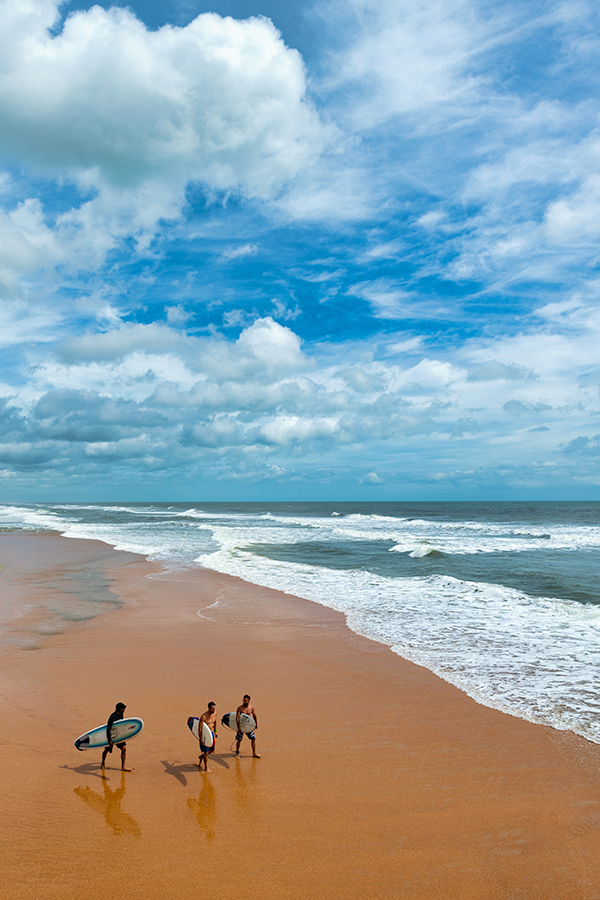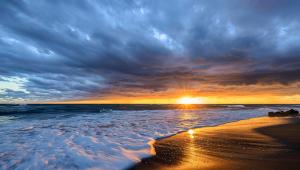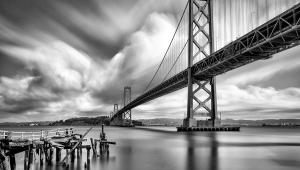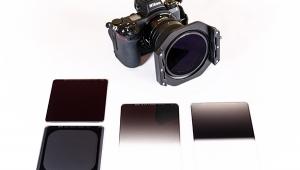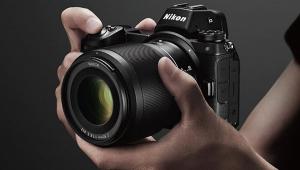Go Wide or Go Home: Here Are 5 Ways to Use Wide-Angle Lenses to Shoot Stunning Photos

The story here is not that you should carry a wide-angle lens—or even better, several of them. I carry two or three wide-angle lenses routinely, and like me, I'm sure you realize their value and their importance. This lens how-to story is about ideas for how you can use them to maximize their creative potential and their stunning effect.
When I started out I used a wide-angle lens for what's likely its most popular purpose: to capture a landscape that captured my attention, and depict it in all its grandeur, sweep, color, and texture.
It took me a while to realize that I could use my wide angles to tell better and more detailed stories. One day it dawned on me that when I put a wide angle on my camera and looked through the viewfinder, things had changed. And those changes suggested different, maybe even better pictures to make.
So, here are five ideas on how to use wide angles to capture impressive images:
1. Wide Means Wide
The wide angles I reach for most often are my 14-24mm and 16-35mm lenses. I also have a 20mm prime. With these lenses, the seascapes I love to photograph are going to include big beautiful skies and lots of foreground settings. I'm also going to be able to use them for detail shots by getting closer, composing and framing for the elements I want to include.

2. Stay in Control
In those instances where a wide angle might provide too much information and draw attention away from the subject, how close I get and how I choose to frame the photograph will direct attention where I want it. And if there's too much in the picture, I can crop some of the scene; thanks to the quality of the camera's sensor, I'll still have a high-resolution image for a print or a detailed square crop for effect or social media use.
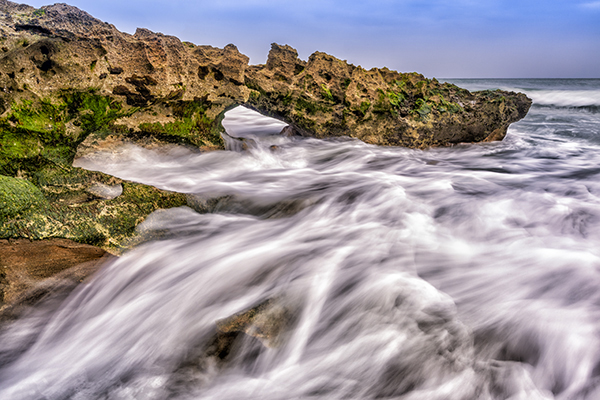
3. The Sky Factor
If the patterns of clouds are working for you—if they're graphic, graceful, dramatic at sunrise and sunset—let the wide angle get it all. But if the sky is basic blue as far as you can see, or a gray ceiling over everything, that's too much sky. The wide angle will allow capture or crop as you choose. See what's working, what's not, and what can be improved.
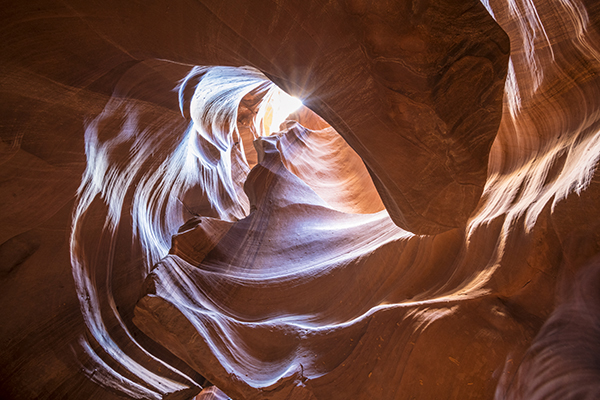
4. See the Change
What I said earlier about how the wide angle changes things—there's a lot of practical use to that reality. I've seen photographers who seem to have their 24-70mm lenses welded to their cameras. It's a great lens—I have one and use it regularly—but it's simply not wide enough for many of the images I love to take. If 24mm is your widest, borrow or rent a 14-24mm or a 16-35mm, or if you're really into visual adventures, an 8-15mm fisheye (or the equivalents if you're shooting with a different system than I use). Take off the 24-70mm and put on the 16-35mm and see the difference. Simply, the wider zooms put you inside the composition, and they'll put viewers of your images there, too. And that's the point.
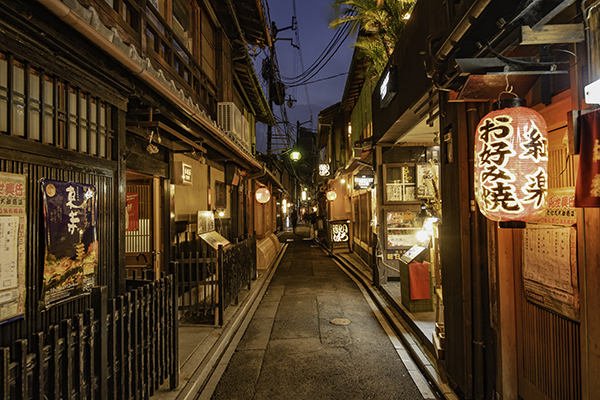
5. Make the Decisions
Okay, you've gone wide; now's your chance to make a lot more choices. There's more to see in the finder, so do something with it. What information do you want to include or exclude? You get more real estate with a wide angle, but you need to compose for it to mean something—to have drama, impact, and effect. You are not capturing record shots, so don't settle for an image just because it's wider. Choose the story you want to tell, the story that communicates what you're feeling about what you see.

Deborah Sandidge's website, deborahsandidge.com, features a collection of her photographs, cinemagraphs, and time-lapse videos as well as photo tips and a schedule of upcoming workshops, photo tours, and seminars.
